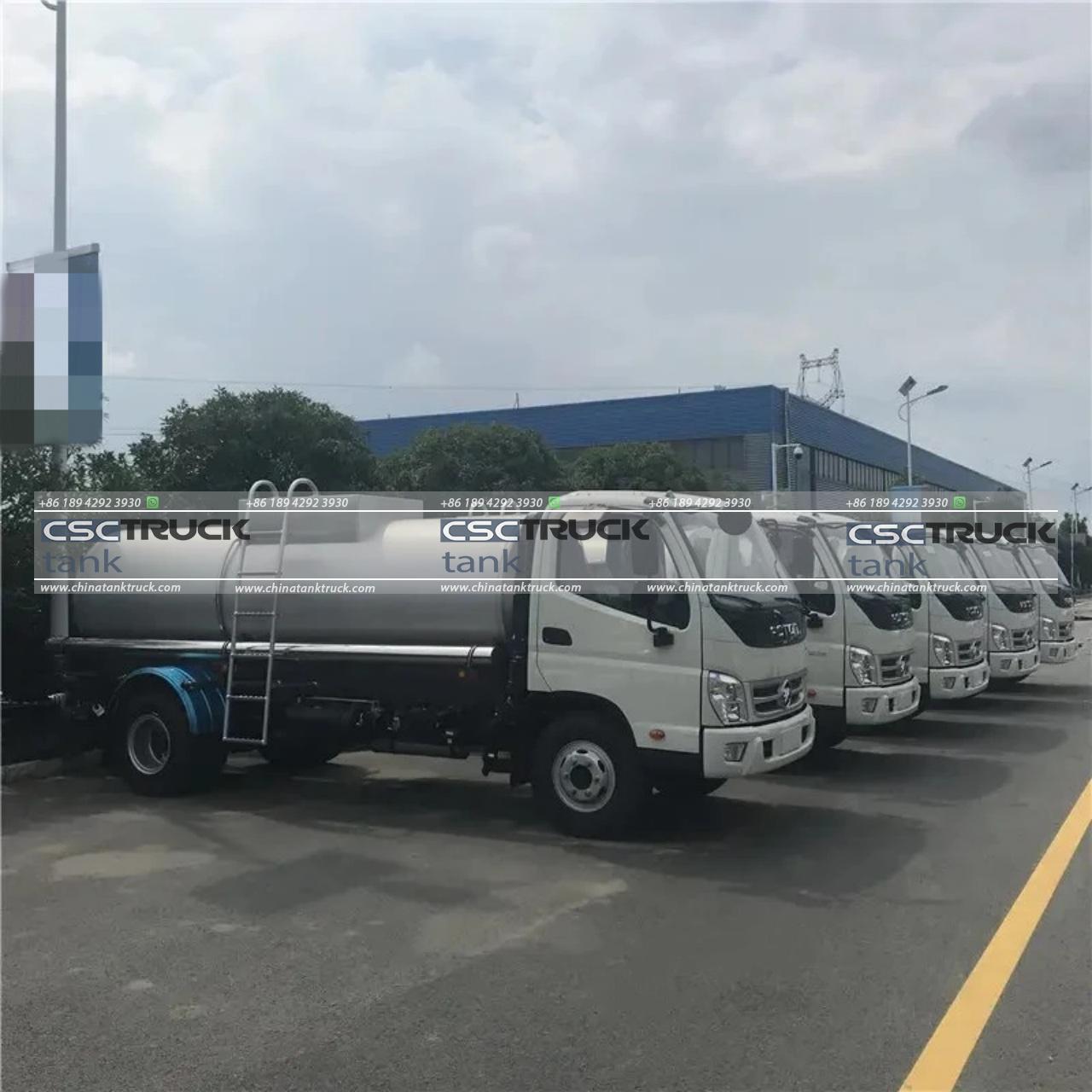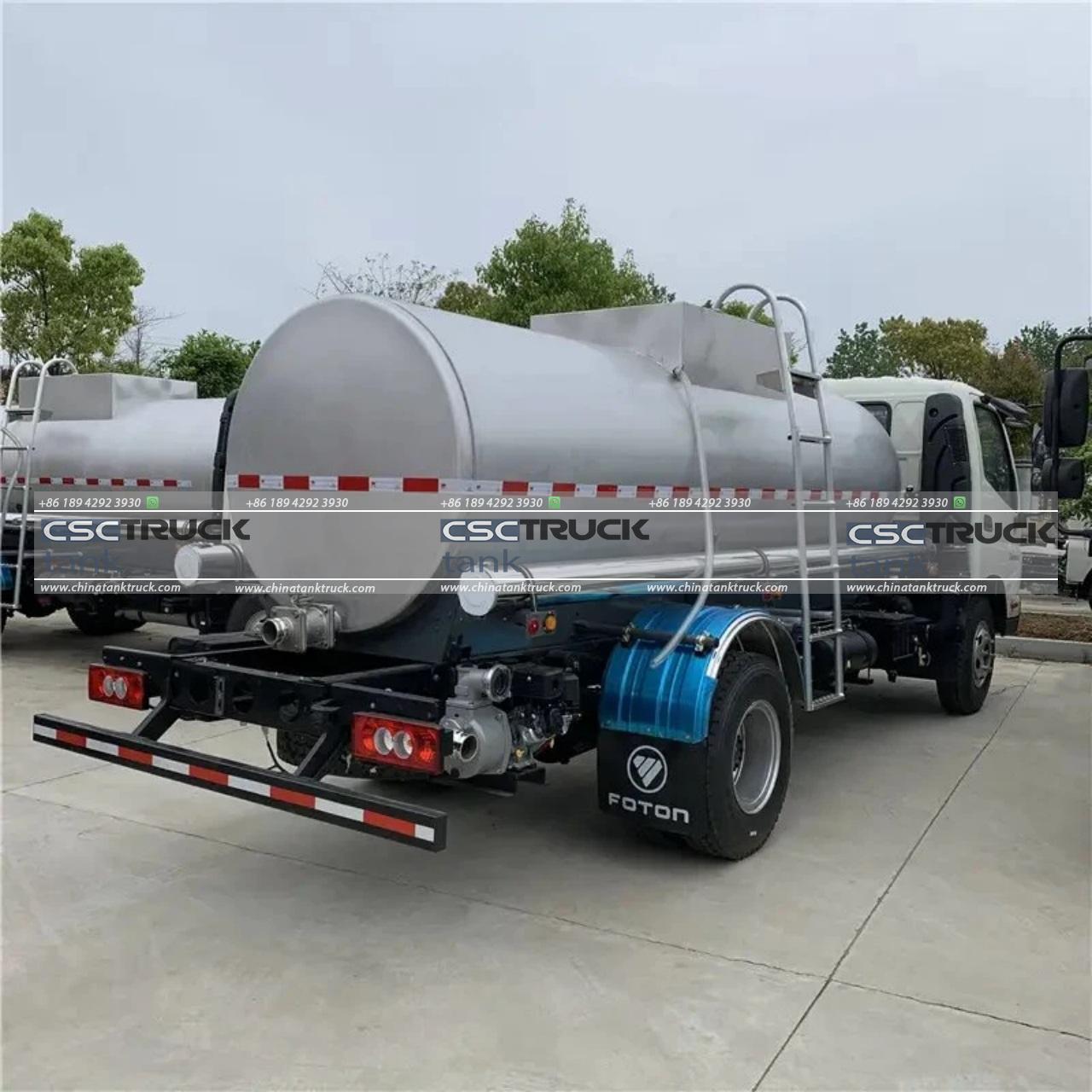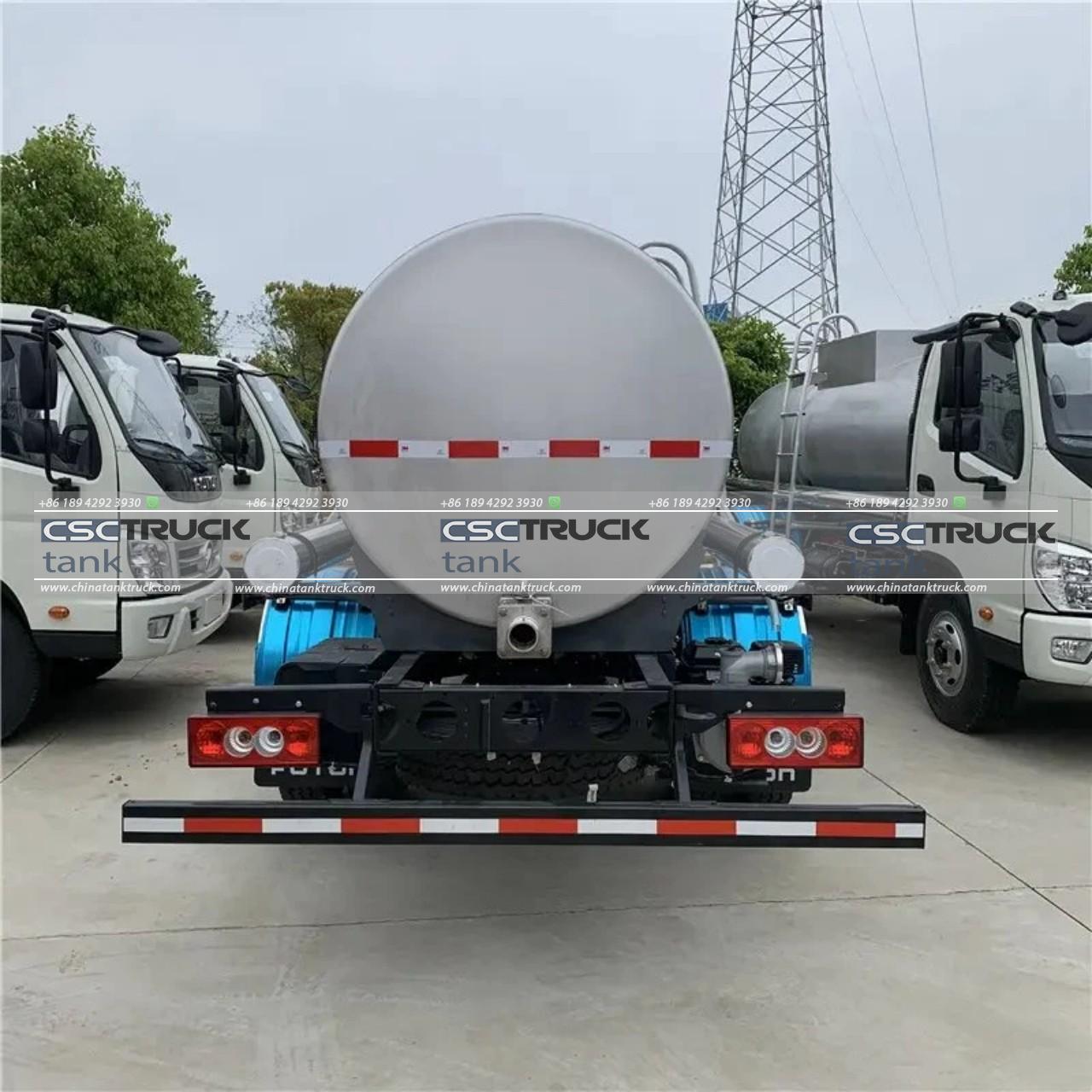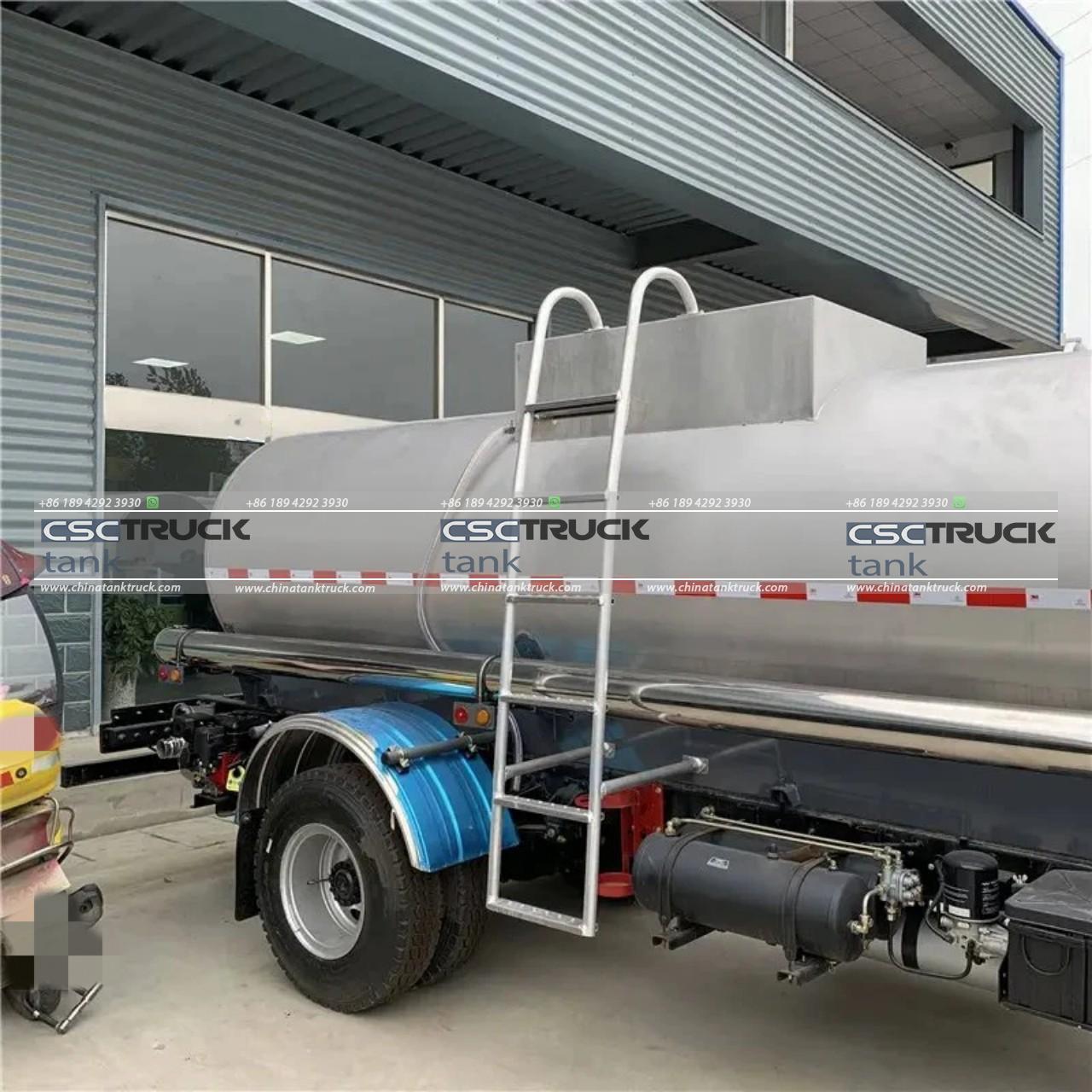How Does a Water Truck Work?
Water trucks play a crucial role in numerous industries, such as construction, mining, agriculture, firefighting, and even during emergencies and drought relief efforts. With their unique capabilities, water trucks are indispensable in areas where water is needed in large quantities or where other means of water transport aren’t feasible. Here’s a closer look at how a water truck works, its components, and the importance of its use in various fields.
What is a Water Truck?
A water truck is a specialized vehicle equipped with a large tank, water pumps, spray nozzles, and other essential accessories, designed to store, transport, and distribute water. These trucks are typically custom-built to meet industry requirements and can range from small units that hold a few thousand gallons to large trucks capable of carrying 10,000 gallons or more.

Primary Components of a Water Truck
To understand how a water truck works, it’s essential to know about its key components:
1. Water Tank:
– The tank is the heart of the water truck, typically made from materials like steel, aluminum, or polyethylene. These materials are corrosion-resistant, ensuring the tank’s durability and suitability for holding large volumes of water.
– Tanks are built to accommodate various capacity requirements, depending on the specific use case.
2. Water Pumps:
– Pumps are responsible for drawing water from the tank and controlling its distribution. They allow for consistent water pressure, which is vital for tasks like dust suppression or irrigation.
– Water trucks usually feature either centrifugal or positive displacement pumps, each offering different levels of pressure and flow rates depending on operational needs.
3. Spray Nozzles:
– Spray nozzles are attached at different points around the truck. These nozzles vary in design and function based on the specific water distribution needs. For example, some nozzles create fine mists, while others are designed for high-flow spraying.
– The nozzles are controlled from the truck’s cab, allowing the operator to choose how water is applied, such as in a wide fan spray or focused stream.
4. Control Valves:
– Valves are used to regulate water flow from the tank to the spray nozzles. They are typically automated, but many trucks also have manual override options for fine-tuning the water output.
– Control valves ensure efficient water usage and allow operators to adjust the amount of water distributed based on environmental and operational requirements.
5. Hose Reels:
– Many water trucks come with hose reels for added flexibility in water application, allowing operators to target specific areas. This is particularly useful in firefighting, landscaping, or tree and plant watering.
6. Power Source:
– Water trucks use either the truck’s engine or a separate power source to operate the pumps and other electrical components. Using the vehicle’s main engine helps simplify the design, while a separate power source can allow the pumps to operate without running the truck’s engine, which can conserve fuel.
How a Water Truck Works
The operation of a water truck involves a few basic processes, from loading water to distributing it as needed. Here’s a breakdown:
1. Water Loading:
– Water trucks are typically filled from a hydrant, reservoir, or another large water source. The water is either pumped directly into the tank or gravity-fed through a hose.
– Once the tank is full, the operator secures all inlet valves to prevent leaks and ensure that the water is safely contained during transit.
2. Transporting the Water:
– After filling, the truck is driven to the target location. Water trucks are designed with strong suspensions and other stability features to handle the weight and motion of thousands of gallons of water.
– The tank’s baffled compartments help stabilize the load by minimizing water sloshing, which can impact the truck’s center of gravity and affect handling.
3. Water Distribution:
– Once the truck arrives at the intended site, the operator activates the pumps and spray nozzles to distribute water as needed. The water can be sprayed directly onto roads for dust control, onto crops for irrigation, or used in other applications such as compacting soil or washing equipment.
– The water truck operator can control the rate, pressure, and distribution pattern of the water, tailoring it to specific conditions and tasks.

Key Uses of Water Trucks
Water trucks are versatile vehicles with applications across many industries:
1. Dust Suppression:
– In construction and mining sites, dust suppression is critical to maintain safety and visibility. Water trucks provide an efficient way to dampen dusty areas by spraying water evenly across roads and open spaces.
2. Soil Compaction:
– In road construction and grading projects, the soil needs to be adequately compacted to create stable foundations. Water trucks help in this process by moistening the soil, making it easier to compact and stabilize.
3. Firefighting:
– Water trucks play a significant role in wildfire suppression and urban firefighting, especially in areas without easy access to hydrants. They can quickly deliver large volumes of water to douse flames or create firebreaks.
4. Agricultural Irrigation:
– Water trucks are often used in agriculture to provide water for irrigation in areas where water infrastructure is lacking or during droughts when a consistent water source is necessary for crops.
5. Landscape and Tree Watering:
– Municipalities and landscaping companies use water trucks to hydrate trees, plants, and landscapes, especially in urban areas or parks where irrigation systems are limited.
6. Emergency and Drought Relief:
– During times of drought or in emergencies, water trucks are crucial for delivering clean water to communities in need. They serve as temporary water sources, especially in rural or remote areas.
Advantages and Challenges of Using Water Trucks
Advantages:
– Mobility: Water trucks can reach remote locations, making them highly versatile.
– Large Capacity: With tanks capable of holding thousands of gallons, water trucks are effective for large-scale water delivery.
– Controlled Distribution: Operators can adjust water flow and pressure, ensuring efficient and precise water application.
Challenges:
– High Fuel Consumption: Due to their size and the weight of the water, water trucks require significant fuel, which can be costly.
– Limited Access in Some Areas: Water trucks may struggle to reach certain areas with rough or narrow roads, limiting their effectiveness in difficult terrains.
– Water Source Availability: In some regions, securing a large enough water source to fill the truck can be a challenge, especially in drought-prone areas.

Innovations and Future Trends in Water Trucks
With advancements in technology, the design and functionality of water trucks are also evolving. Some of the latest trends include:
– Automated Control Systems: Advanced water trucks now come equipped with automated control systems, allowing for more precise control of water flow and pressure.
– Eco-Friendly Engines: With a focus on sustainability, newer water trucks are being designed with eco-friendly engines that reduce emissions.
– GPS and Telematics: Many water trucks are now fitted with GPS and telematics systems, which improve route planning, water usage efficiency, and remote monitoring.
Conclusion
Water trucks are an essential asset across various industries, offering a reliable solution for water transport and distribution. With a well-designed system of pumps, tanks, and nozzles, they are engineered to meet a wide range of requirements, from dust control on construction sites to firefighting and irrigation. The water truck’s role in emergency response and environmental management highlights its versatility and importance, as well as its continuing relevance in modern industry. Through technological advancements, these trucks will likely become even more efficient, eco-friendly, and effective, cementing their value as an indispensable tool for water management and distribution.


